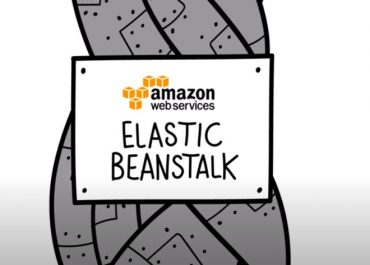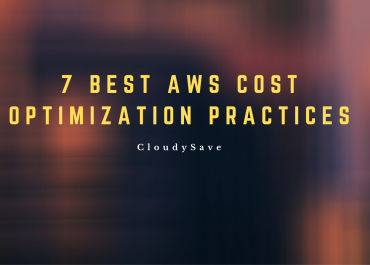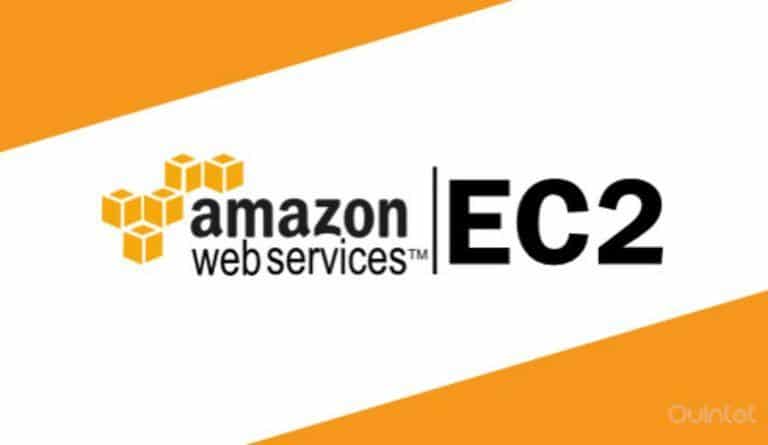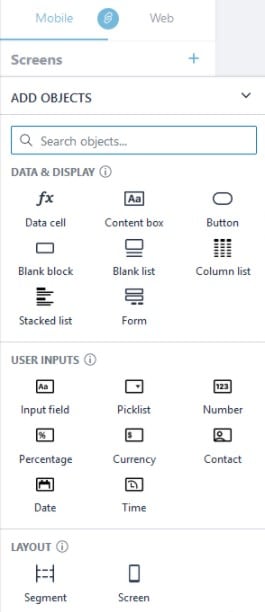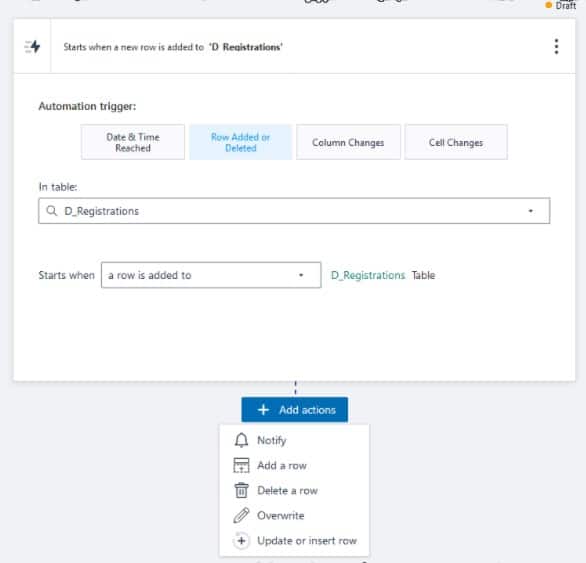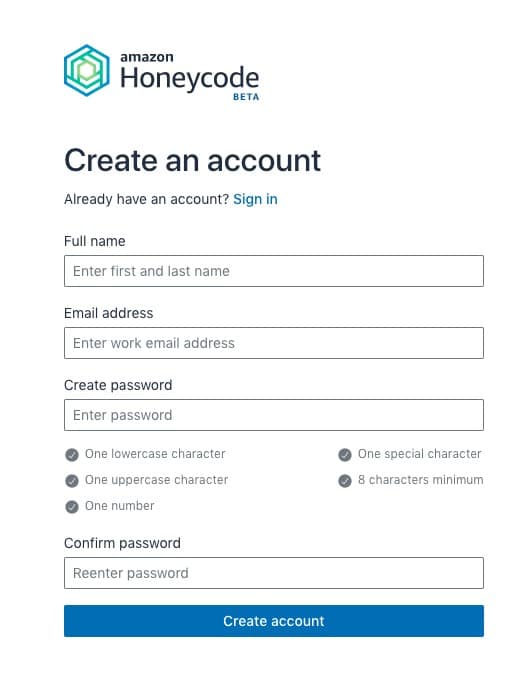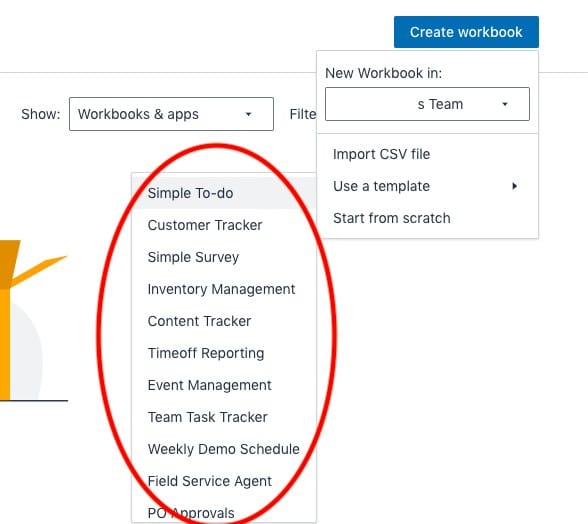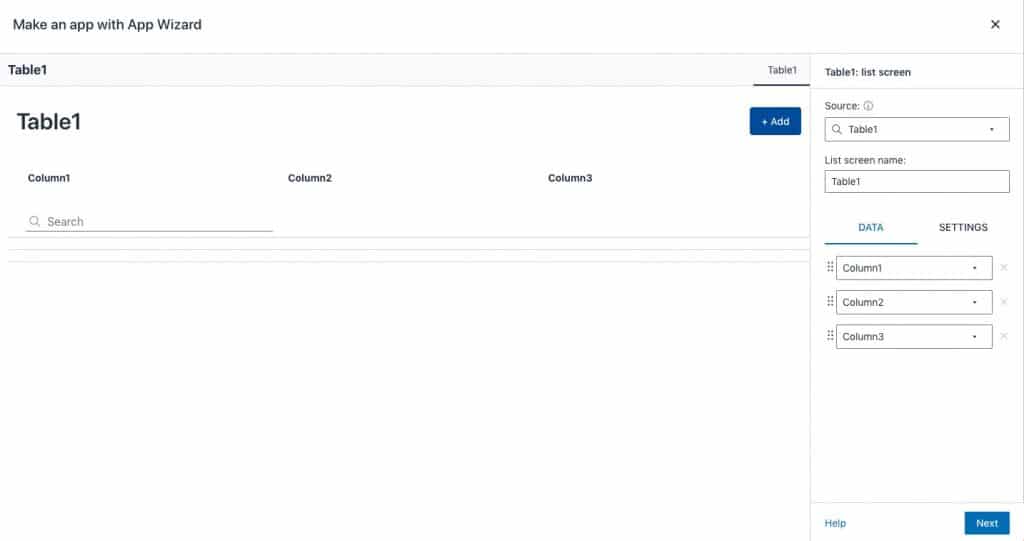Cloud Computing technology is at its peak as most enterprises have started using a variety of services for their respective businesses. Building a new application is even more difficult for the newbies as they don’t know anything about the designing or developing end. AWS Elastic Beanstalk is the platform for you if you are planning to deploy web applications and services designed with different computer languages. Let’s collect some useful details about this platform.
What is Elastic Beanstalk?
Elastic Beanstalk is an automatic and easy-to-use service for scaling up and deployment of web applications and other services. It’s also considered as platform-as-service. The platform is designed for AWS clients who make use of different cloud-based services. The platform supports web applications developed with computer languages such as Java, .Net, PHP, Docker, Go, Ruby, Node.js, Python, etc.
Being an automatic app deployment platform, it requires no prior skills. You just need to upload your code and the rest will be managed by the Elastic Beanstalk. The service helps you from the deployment of the code of the application to monitor the health of the application. What’s more interesting here is the platform gives you full control to manage the process at any given point.
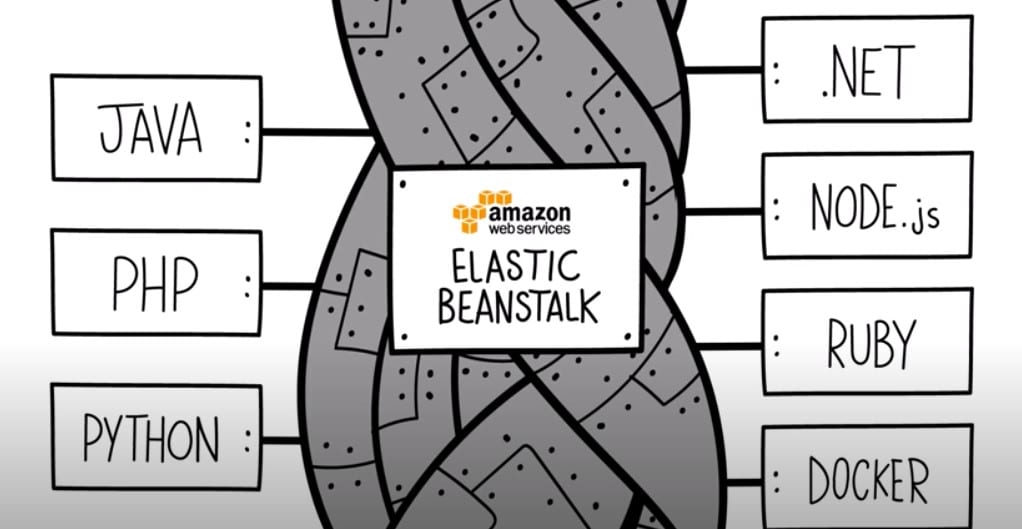
What is Elastic Beanstalk – Amazon web services
Credit:- @youtube
Elastic Beanstalk doesn’t ask for any additional fees or subscriptions, just pay for the AWS resources that you use while uploading the application codes and that’s all.
Why Elastic Beanstalk?
Unlike the other app deployment services and platforms, Elastic Beanstalk gives you full flexibility and control to manage your web applications and other services developed with various computer languages. The service itself has a set of significant advantages that will make the entire task of yours super smooth and easy.
If you are confused about why you should go with the AWS Elastic Beanstalk, then you must check out the below-listed advantages first.
Advantages of Elastic Beanstalk
Full flexibility
Being a service offered by Amazon Web Services to its clients, the Elastic Beanstalk is fully flexible which means it has no bounds. The platform gives you full control to manage the deployment process and to take care of the application’s analysis.
Highly Customizable
Being an AWS Service, the Elastic Beanstalk keeps everything easily accessible for the owner. The same service enables clients to keep things up to date with the latest updates and modifications as per the requirements. Users are allowed to select the servers, tools, and much more from the service quickly.
No additional Charges
As soon as you are utilizing the AWS services and different sources, you won’t be charged anything to use the Elastic Beanstalk service. The auto-scaling feature of this service reduces the overall costing while deploying a web-based application. It also helps users adding extra servers for their applications.
Top-notch Security
The security of the user’s data is crucial especially while using cloud-based services. AWS services are based on the cloud and for that reason, most new users are worried about their databases. Well, Elastic Beanstalk offers top-notch security during the configurations of the new servers. Your data will be safe and you won’t face any security breach during the deployment of the applications.
Elastic Beanstalk Workflow
The workflow of this service demonstrates to you how this platform actually works for you.

What is Elastic Beanstalk – Elastic Beanstalk Workflow
Creating an application- Uploading the version- Launching of an environment- Managing of the environment
Elastic Beanstalk: Environment Pages
Environment Pages let you choose the suitable page for your application where you can insert useful data and information for the end-users. Let’s check out the descriptions of each page here.
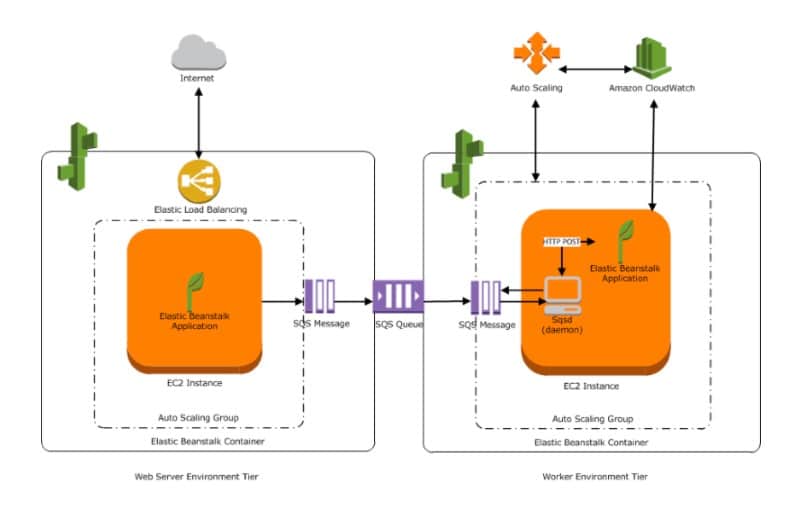
What is Elastic Beanstalk – Elastic Beanstalk environment pages
Configuration:
The app configuration and server configuration is required. This page lets you utilize various resources available for you.
Health:
The health page shows you the status and details about the various instances that you may implement during the app deployment. It is associated with the EC2 instances that let you run your application on the platform.
Monitoring:
You can keep an eye on the app deployment process by Monitoring Page. It shows you the detailed statistics with useful data.
Events:
The events page shows you everything that the pages are utilizing. If the application has some errors, the Events page will show you the errors so that you can easily resolve them.
Tags:
Tags help you to manage the pages tags for the application. You can make use of numerous tags as per your requirements through this page.
The Bottom Line:
Different businesses and enterprises have their own requirements. It is up to your business requirements whether or not to use this new AWS Elastic Beanstalk service for the app deployment.
The service has numerous advantages with easy-to-learn and easy-to-deploy environment. It enables users to make use of various resources for app deployment. Since you don’t have to pay anything for this service, you must give it a try.
